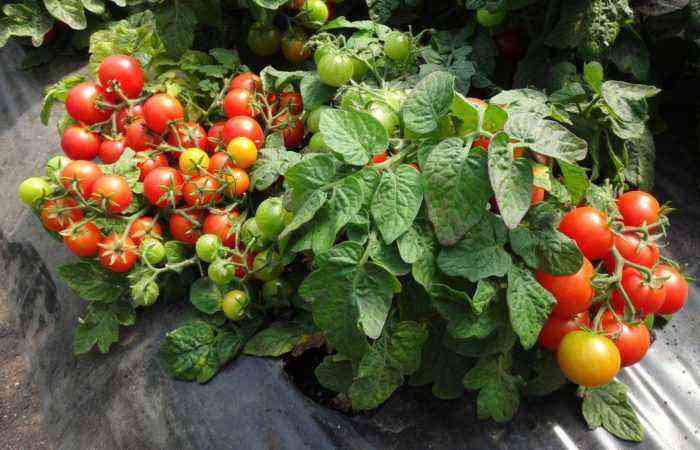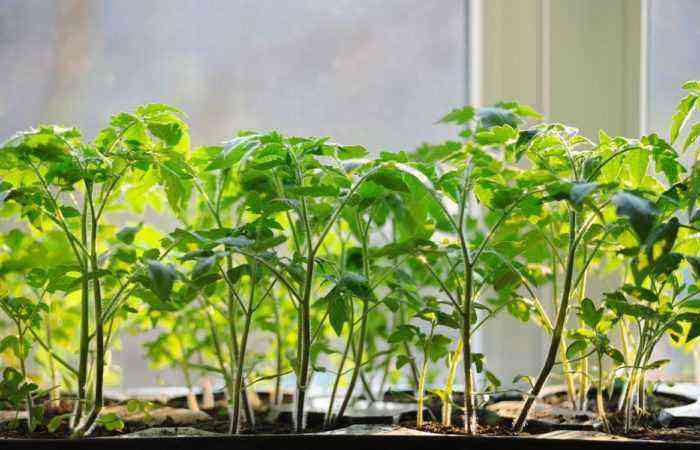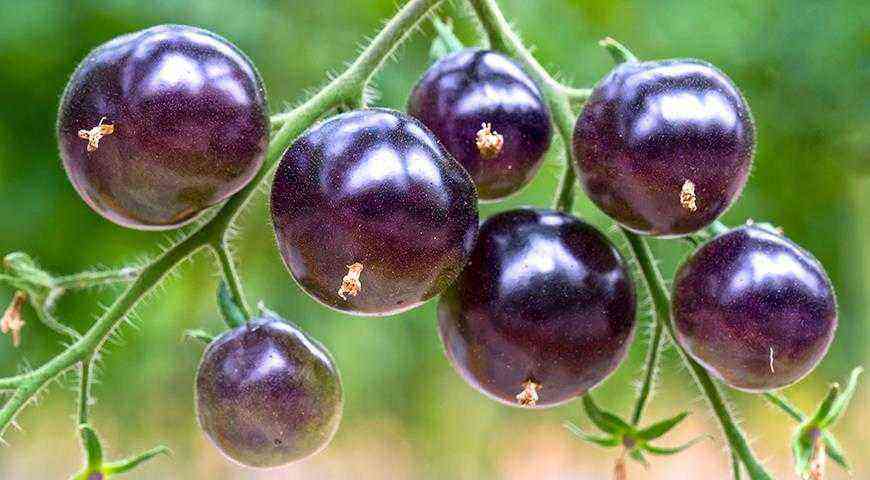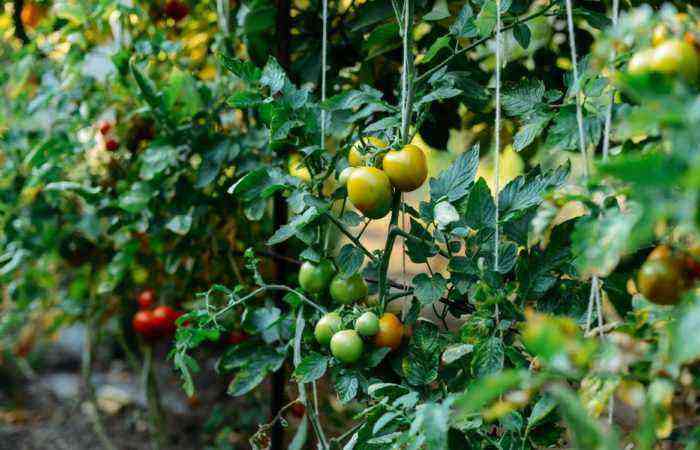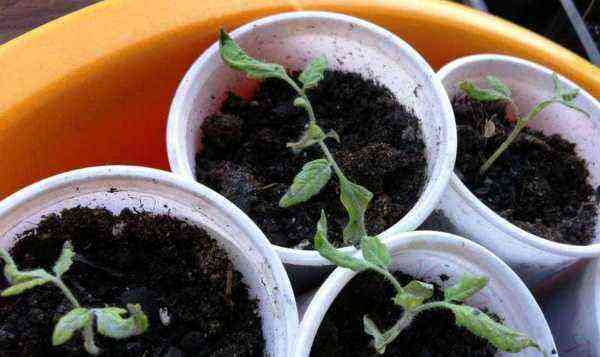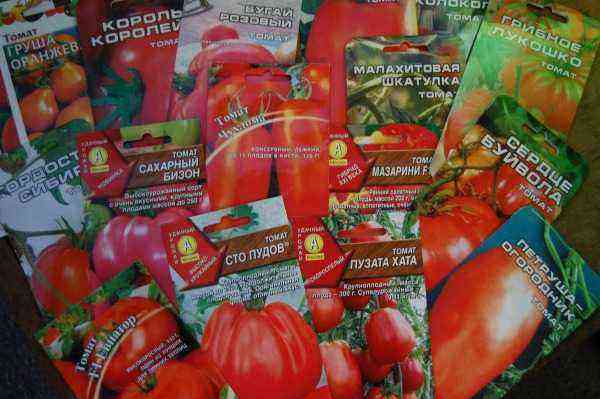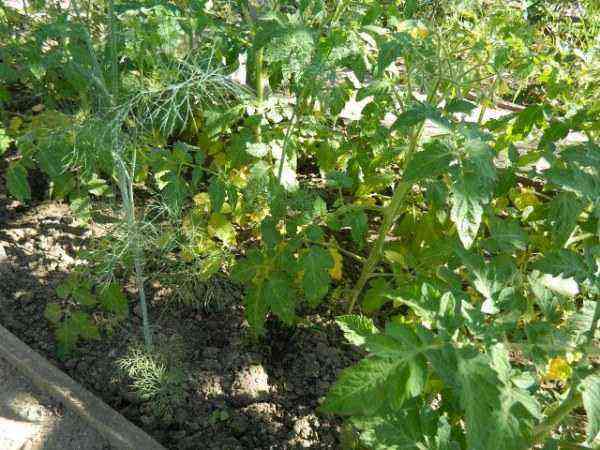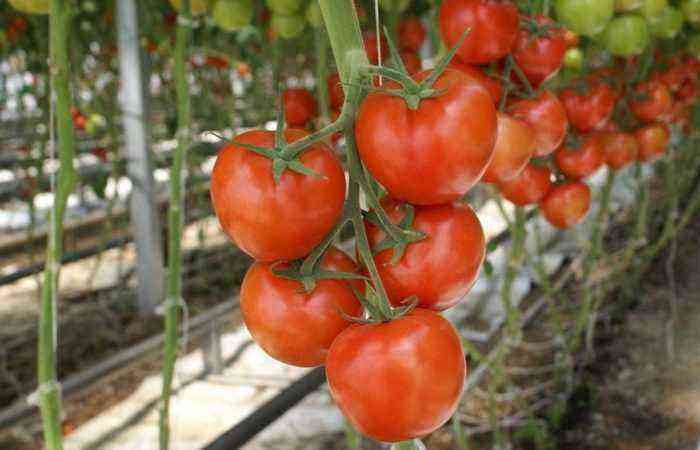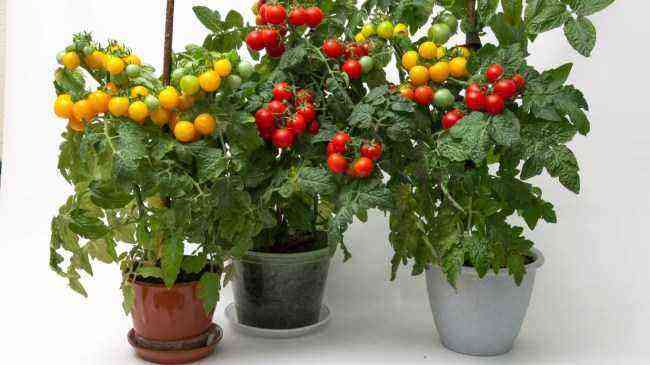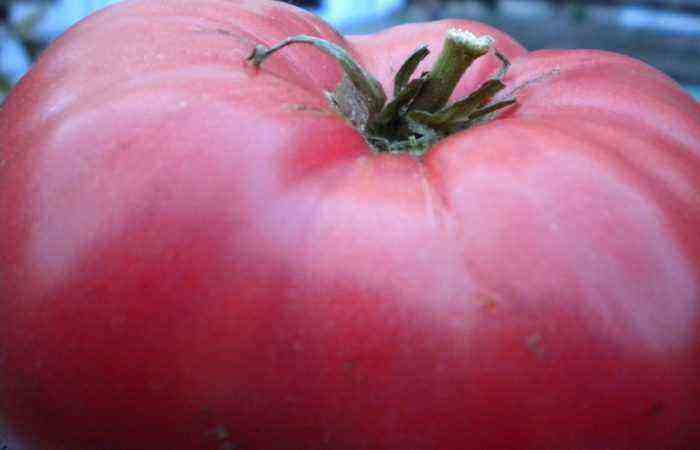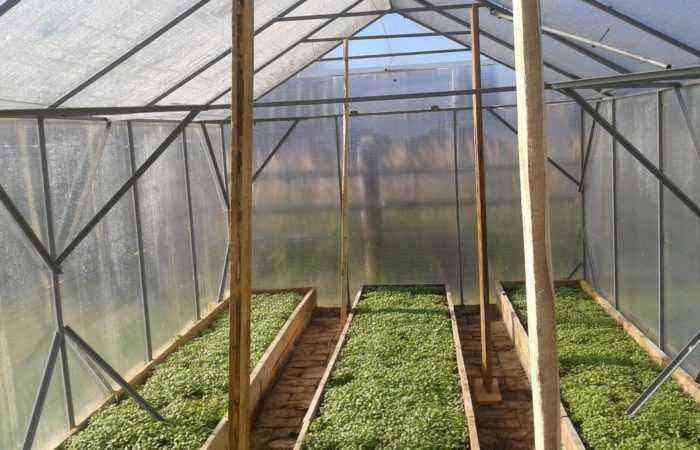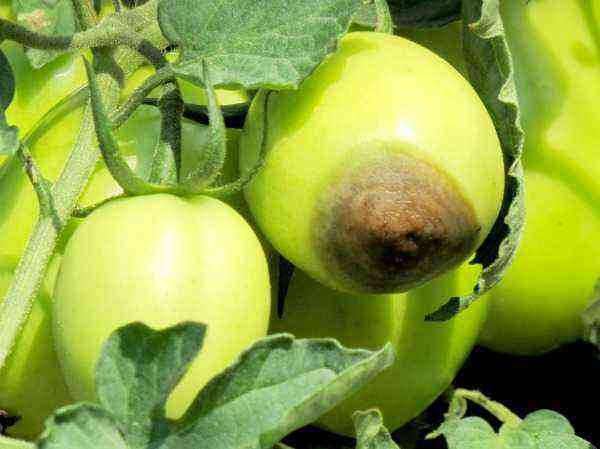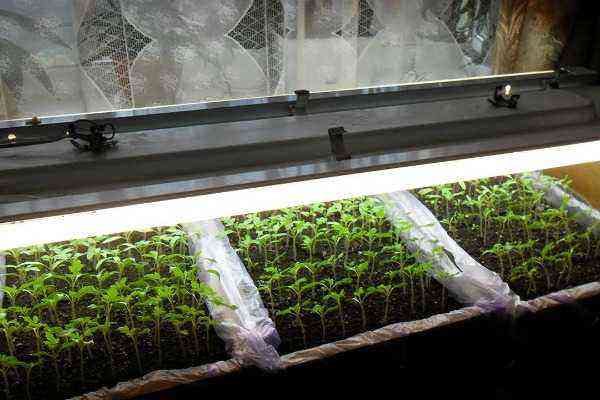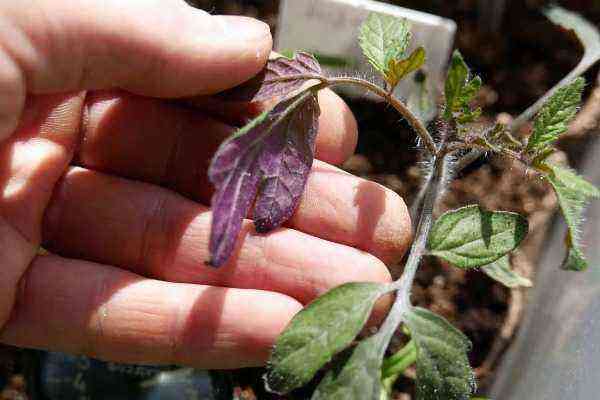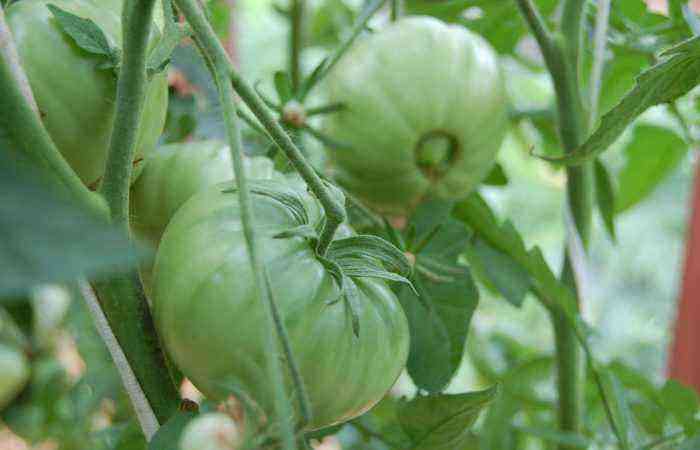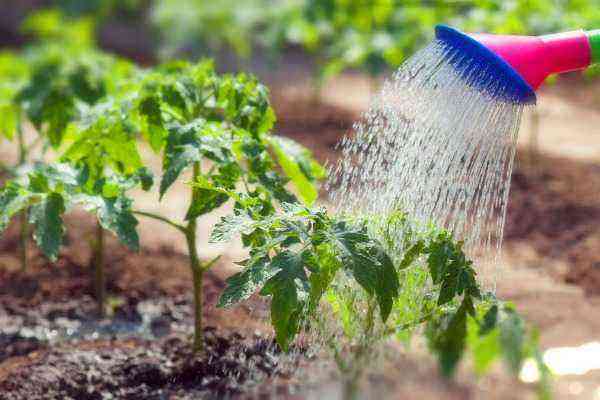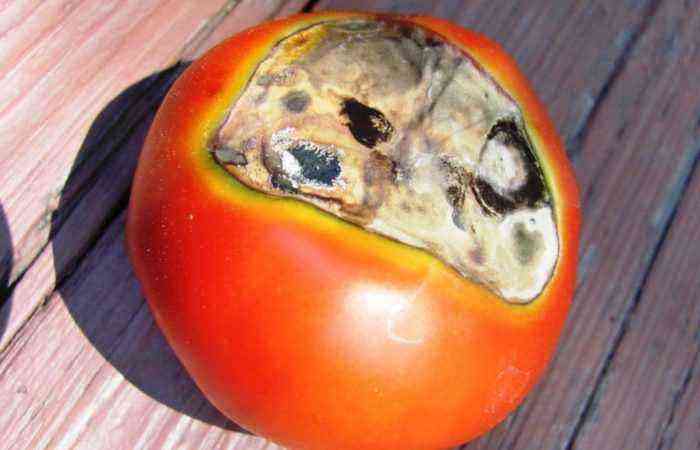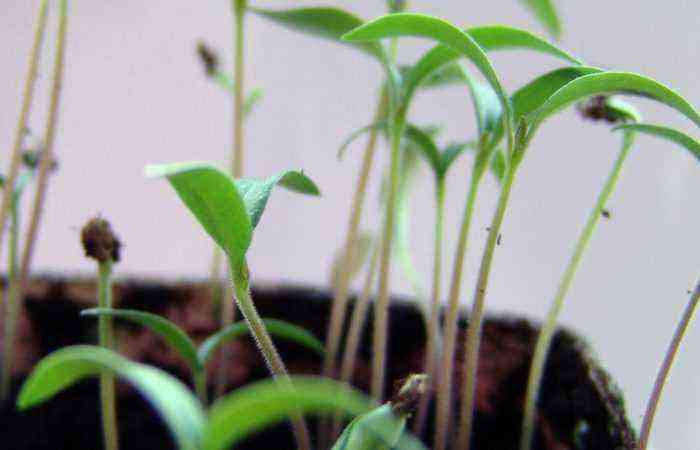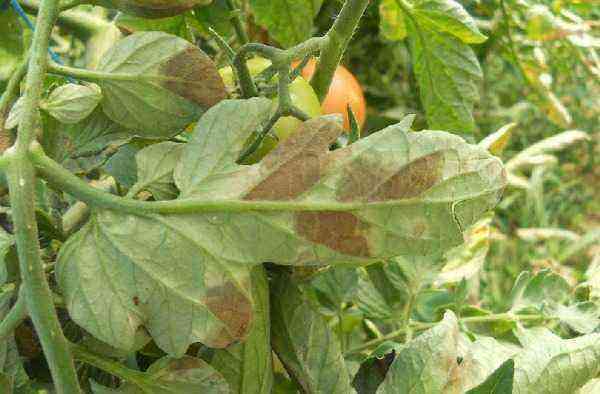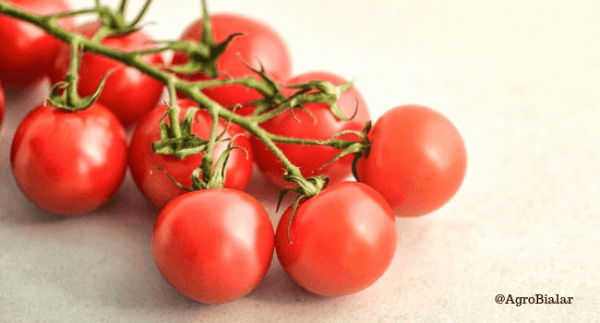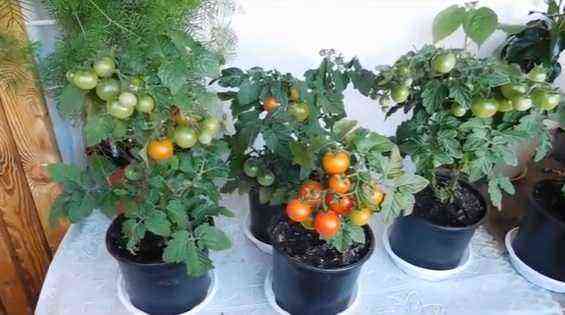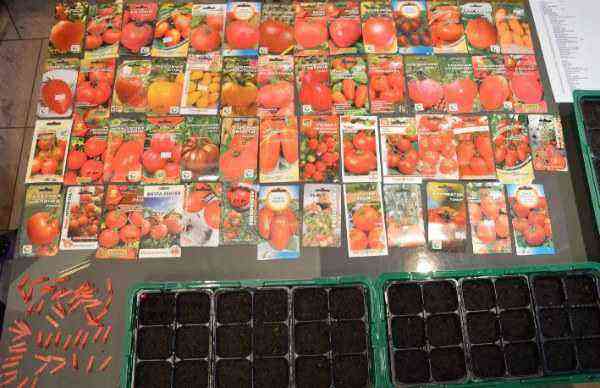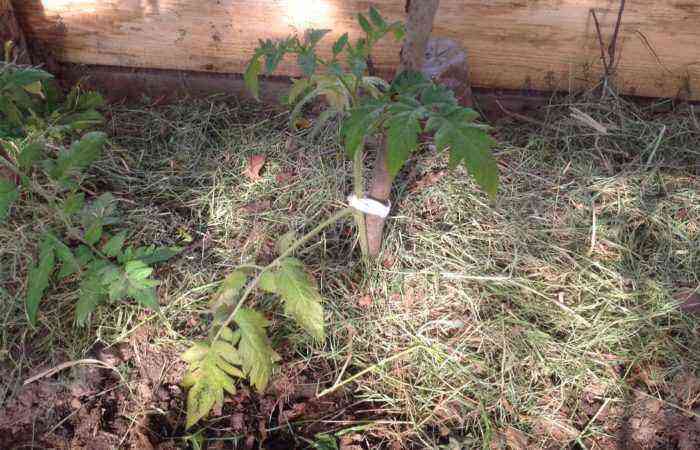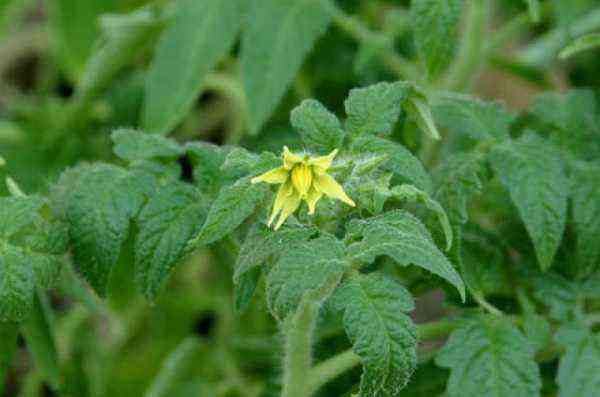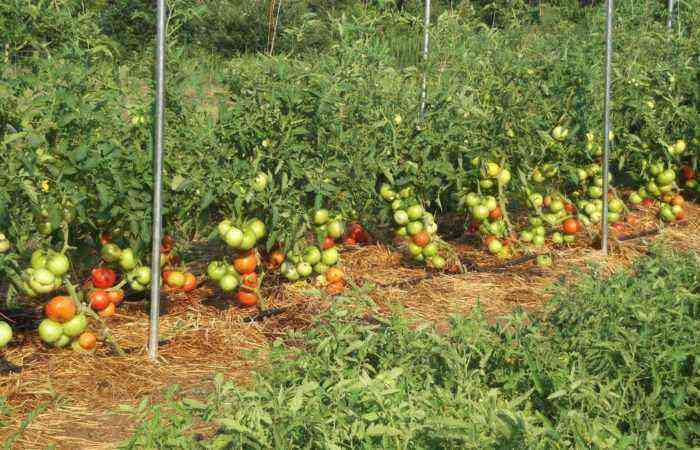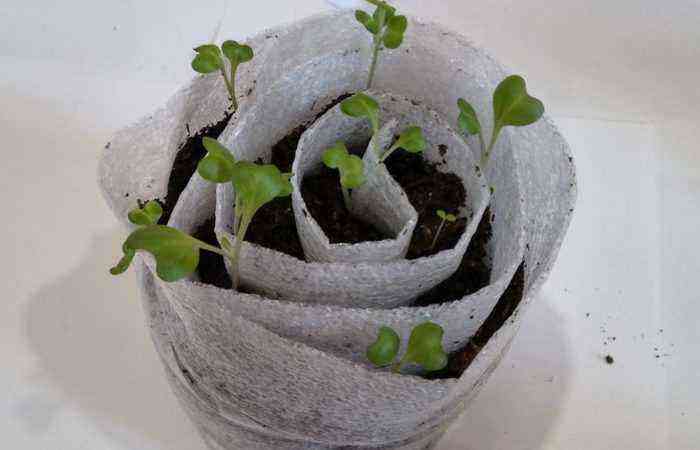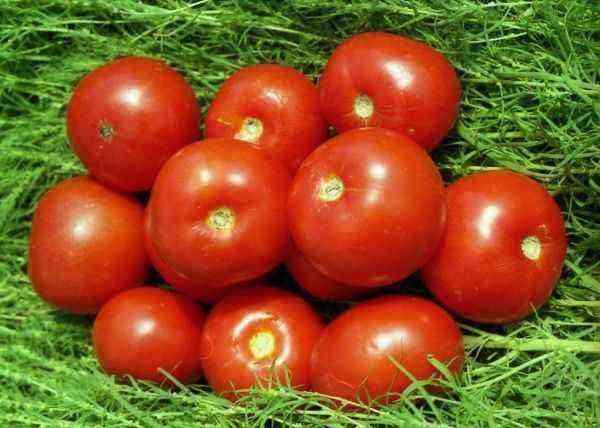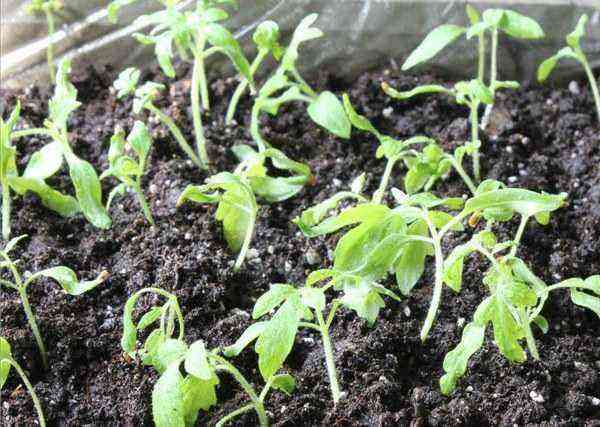Not only the well-known phytophthora can destroy the entire tomato crop. Aspermia is no less insidious disease, which leads to uncharacteristic growth of the bush and inhibition of the development of the main stem. As a result of this development, flower clusters are weakly formed, fruits either do not set, or have an irregular structure. They do not give a full-fledged seed material.
Yield losses can be 40% or more. At the same time, the resulting fruits do not have an attractive presentation. With all the originality of the bush affected by aspermia, it is better to prevent the disease than to diagnose and treat it in the future.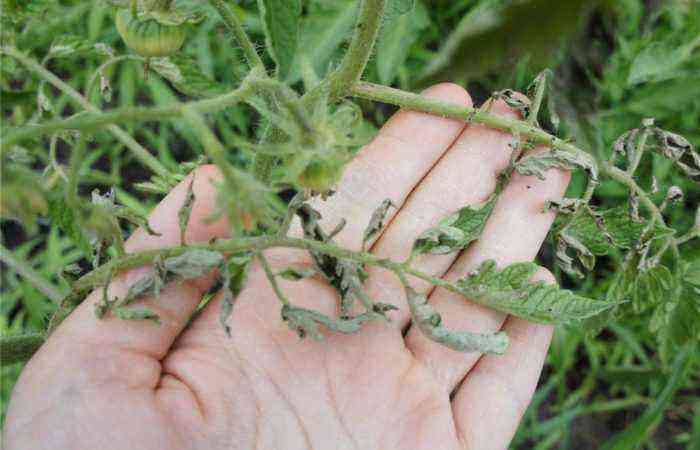
Tomato aspermia: what is the disease and what is the treatment?
Aspermia – seedlessness or bushiness of the top of a tomato. This viral disease (AsTV) is Tomato aspermy virus caused by the Cucumovirus.
Symptoms of the disease
The development of the disease is accompanied by increased growth of shoots from the axils of the upper leaves, but they are all underdeveloped:
- The stem itself is in a depressed state, its growth practically stops. Excessive bushiness and hairy plants appear.
- The leaves in the upper part become small, deformed. Leaf blades are wrinkled, asymmetrical, corrugated, with a mosaic color. Their edges seem to be lightened, acquiring a pinkish or bluish tint.
- The flowers on underdeveloped racemes are fused, the number of ovaries is insignificant.
- Fruits are formed small, with deformation, practically without seeds. They do not ripen and have a non-marketable appearance.
- If there are seeds, then they are deformed and underdeveloped.
Causative agent
The disease is caused by a virus that is very similar in its damaging effect to the cucumber mosaic virus (CMV). It was even believed that it was he who was the cause of the bushiness of the top. However, virologists have isolated this specific virus, called tomato aspermia (VAT).
It blocks the processes of cell division (breaks meiosis) during fertilization, as a result of which seeds are not formed at all, or are inferior carriers of varietal characteristics.
How to diagnose
Changes become noticeable already at the beginning of development with the naked eye, although they can be confused with other diseases. The upper part of the bush differs sharply from healthy leaves and shoots in its peculiar curlyness and fading of the edges of the leaf blades. It is easiest to confirm the diagnosis more reliably by the absence of seeds in the fruit. The final conclusion on the presence of the viral nature of the disease is given by the serological method of research or the use of indicator plants.
How it spreads
The virus spreads by mechanical contact. The main carriers of the disease are:
- Small insects, especially active – aphids;
- Plants are reservoirs on which the virus accumulates. These are most often decorative plantings and flowers: chrysanthemums, asters, petunias. Other solanaceous and green crops can also be carriers of the virus.
The pathogen can be infectious to more than a hundred species of different crops, from weeds to ornamental and vegetable crops.
How to deal with aspermia
There are several ways to fight this disease:
Given that the virus is reserved on various plants, it is not recommended to grow flowers, ornamental plants, green crops that are affected by aphids in a greenhouse to prevent it. It is unacceptable to place indoor plants in the greenhouse.
The foci of the disease can quickly spread over the entire area by insects living in the greenhouse: aphids, ragflies, click beetles, scoops. Insecticide treatments against insects should be carried out not only in the greenhouse, but also around it. You can use according to the manufacturer’s instructions such drugs as: “Spark”, “Commander”, “Biotlin”.
Timely removal of weeds not only prevents the virus from reserving on their surface, but also improves the microclimate in the greenhouse, improves ventilation. In a clean, dry greenhouse, unfavorable conditions for the life of insects are created.
It is unacceptable to grow chrysanthemums, phlox, cannes, lettuce, tobacco near greenhouses and tomato beds, as the most active carriers of the aspermia virus.
Prevention
A set of preventive measures against tomato aspermia will also prevent other diseases:
- Sowing with treated seeds only.
- Do not use seeds from affected plants, as well as frail and deformed ones.
- Mandatory disinfection of the soil in the greenhouse by steaming or chemical preparations.
- Careful control and rejection of seedlings and seedlings during picking and when planting in the ground.
- Strict adherence to agrotechnical measures: moderate watering, ventilation, weed removal, pest control, selection of predecessors and neighbors.
- Regularly audit plantings in order to timely remove and destroy single plants with signs of the disease.
- The use of equipment, tools, structures that have undergone thorough disinfection in the work, the installation of disinfectant rugs.
To avoid the defeat of tomato plants by viral diseases, the priority in the work should be the prevention of diseases, rather than treatment. Like other diseases, tomato aspermia significantly reduces yields, but it is quite possible to defeat it.

